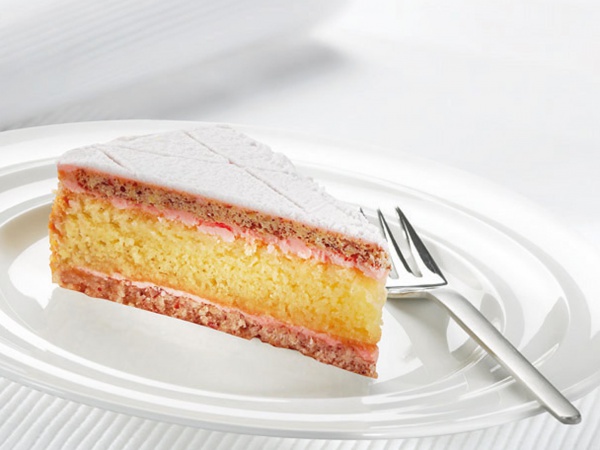Facts About Zuger Kirschtorte
The Zuger Kirschtorte is a cherished traditional layer cake originating from Switzerland. This sumptuous and rich dessert constitutes layers of nut-meringue, sponge cake, and buttercream, all infused with cherry brandy, also known as kirschwasser. The cake was first crafted in 1921 by pastry chef Heinrich Höhn in the town of Zug, Switzerland. It swiftly garnered acclaim, winning gold medals at pastry exhibitions in Lucerne in 1923 and 1928, and in London in 1930. At its production peak, Heinrich Höhn and his successor Jacques Treichler were creating up to 100,000 cakes annually. Today, Conditorei Treichler continues to make and sell Zuger Kirschtorte, preserving the tradition. Although the name isn't trademarked, many other pastry shops in the area also produce their unique versions of this delightful cake.
Creating a Zuger Kirschtorte involves several intricate steps. First, thin rounds of Japonaise meringue are made using ground almonds and hazelnuts. Next, you prepare a layer of sponge cake. The buttercream, imbued with kirschwasser, can be tinted pink with food coloring or beetroot juice. To assemble the cake, you layer the buttercream between the meringue and sponge cake layers, soaking the sponge cake in a mixture of sugar syrup and kirschwasser. Another layer of buttercream is spread on top, followed by the second meringue layer. The entire cake is then enveloped in buttercream, adorned with roasted sliced almonds on the sides, and lightly dusted with icing sugar on top. Given its popularity, various interpretations of Zuger Kirschtorte can be found in different pastry shops as well.

 Italy
Italy